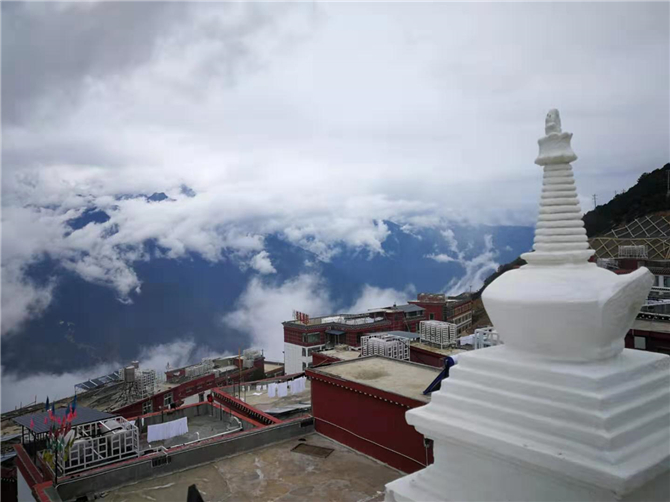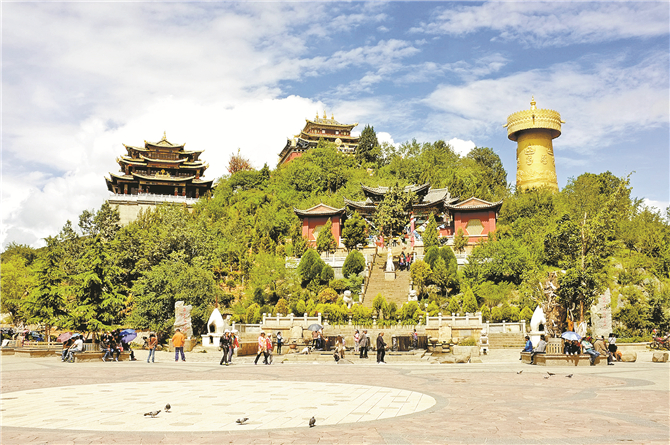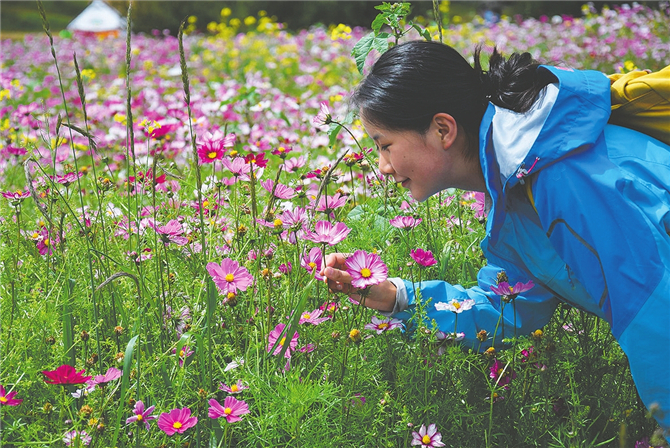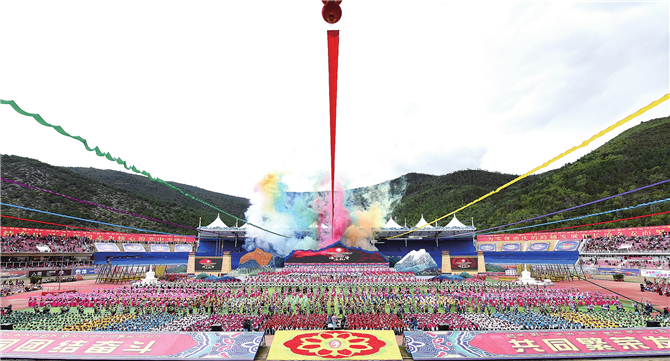Diqing leading Tibetan autonomous prefectures in development

It is early autumn. The village of Shimaigu in Shangri-La City of northwest Yunnan’s Diqing Tibetan Autonomous Prefecture is a verdant green. Fruits dangle from the branches and send their fragrance far and wide.

Jiangchu Nongbu has been living in the village for 75 years. Outside the village, the railway and expressway to connect Shangri-La with Lijiang is under construction. "When they are completed, we'll have an even better life," Nongbu was full of expectations. In the past decades, he has seen the infrastructure constantly improving in his hometown.

Since the prefecture was founded in 1957, the mileage of its highways has increased 327 times to 6,886 kilometers, bringing prosperity to all its industries. From 1952 to 2018, Diqing's GDP has grown by 3,281 times. Its GDP has maintained an average annual growth rate of 16.4 percent in the past 70 years, leading 10 Tibetan autonomous prefectures in China.

Diqing is the first prefecture to offer 14 years of free education in the province. Education has helped people increase confidence in their own ability to shake off poverty and encouraged them to pursue a happy life. To date, 107 of the 147 originally poor villages have been lifted out of poverty, and the poverty headcount ratio in the prefecture has dropped to 3.57 percent from 24 percent at the end of 2015.

He Zhiguang is a villager of the prefecture's Weixi Lisu Autonomous County, and his homestay hotel enjoyed good business in the summer vacation. "We had so many tourists that we were busy all day long," he said. In 2018, Diqing received 24.1 million tourists. To protect the ecosystems, the prefecture has established one national nature reserve and three provincial nature reserves, covering more than 320,000 hectares, and its average ratio of days with good air quality was over 99.7 percent last year. (Yunnan Daily)